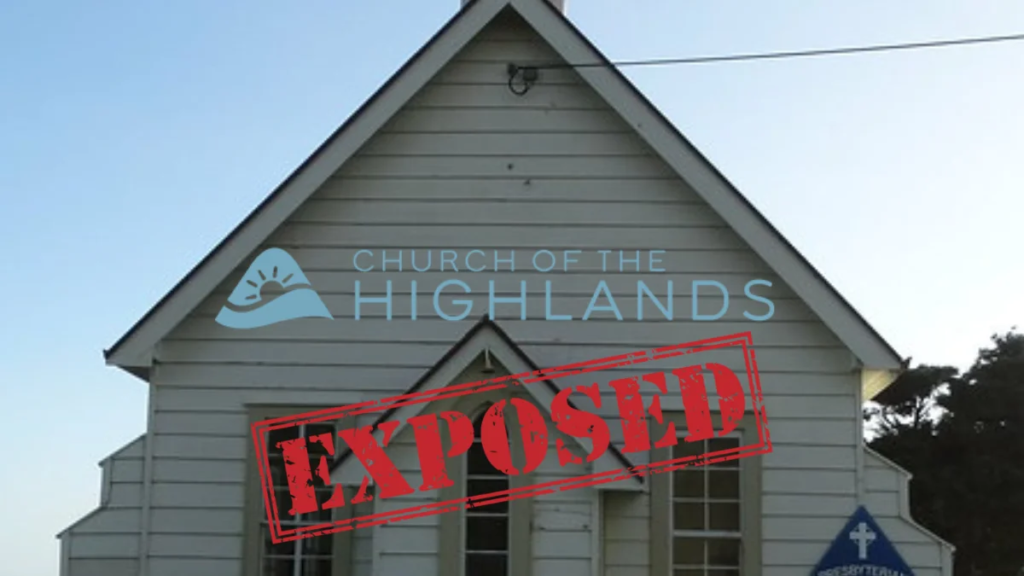Introduction
In recent years, the Church of the Highlands has emerged as a significant religious institution in the Southeastern United States, garnering thousands of attendees across multiple campuses. With its expansive reach and influence, the church has been a beacon of community involvement and spiritual guidance. However, not all the discourse surrounding the Church of the Highlands is positive. Accusations and concerns have surfaced, prompting a deeper look into the practices and impacts of this megachurch. This article explores these concerns, offering an unbiased examination of the Church of the Highlands.

The Rise of the Church of the Highlands
Founded in 2001 by Pastor Chris Hodges in Birmingham, Alabama, the Church of the Highlands quickly became one of the largest churches in America. With its contemporary worship style, focus on community groups, and heavy reliance on technology to reach congregants, the church is designed to be replicable, allowing for rapid expansion. Currently, the Church of the Highlands boasts dozens of campuses and an online platform that reaches an even larger audience beyond the physical locations.
The church is a testament to its appeal and strategic approach to ministry and community engagement. The Church of the Highlands has been involved in numerous community service initiatives, including prison ministries, recovery groups, and charitable contributions to local communities. Despite these good deeds, the church has faced scrutiny and criticism regarding its internal and external policies and practices.
Financial Transparency and Management
Financial transparency and management are major concerns about the Church of the Highlands. As with many megachurches, the sheer scale of finances involved is enormous. Critics argue that a lack of detailed financial disclosure creates an accountability gap. Supporters of the church, however, point to the annual financial reviews and the church’schurch’sent to financial integrity, suggesting that such measures should suffice in assuaging fears of financial mismanagement.
Further examination reveals that while the Church of the Highlands does participate in external audits and publishes generalized financial statements, the specifics of salary structures, particularly concerning high-ranking officials and pastoral staff, remain confidential. This secrecy fuels speculation and concern among critics who demand higher transparency from religious organizations that benefit from tax exemptions.

Doctrine and Belief System
Its doctrine and belief system are at the heart of many debates surrounding the Church of the Highlands. The church adheres to mainstream Evangelical Christian beliefs, which include the authority of the Bible, the importance of converting others, and a focus on personal salvation through Jesus Christ. However, applying these beliefs in policies and practices has occasionally sparked controversy.
For instance, the church’s church’s social issues, such as same-sex marriage and abortion, align with conservative Christian values, which have been a point of contention in increasingly liberal societal contexts. The church’schurch’ship argues that its doctrines are biblically based and not merely reactionary. Critics, however, see these stances as exclusionary and not reflective of a modern, inclusive approach to Christianity.
Social and Cultural Impact
The Church of the Highlands has undeniably had a significant social and cultural impact on the regions it serves. Through its community programs and outreach efforts, the church has provided aid and support to thousands. Its role during crises, such as natural disasters and the COVID-19 pandemic, highlights its commitment to community service and support.
Yet, the church’s influence extends beyond mere charity. The Church of the Highlands exposed has been instrumental in shaping local cultural and social landscapes, including influencing local politics and educational initiatives. Some see the church’s involvement in these areas as beneficial. In contrast, others view it as an overreach, arguing that a religious institution should not wield such power over public and civic spheres.

Conclusion
The Church of the Highlands serves as a complex case study of modern megachurch dynamics, embodying such large-scale religious organizations’ potential benefits and inherent challenges. While it offers community and spiritual solace to many, it also faces accusations and scrutiny that question its transparency, doctrinal rigidity, and social influence.








